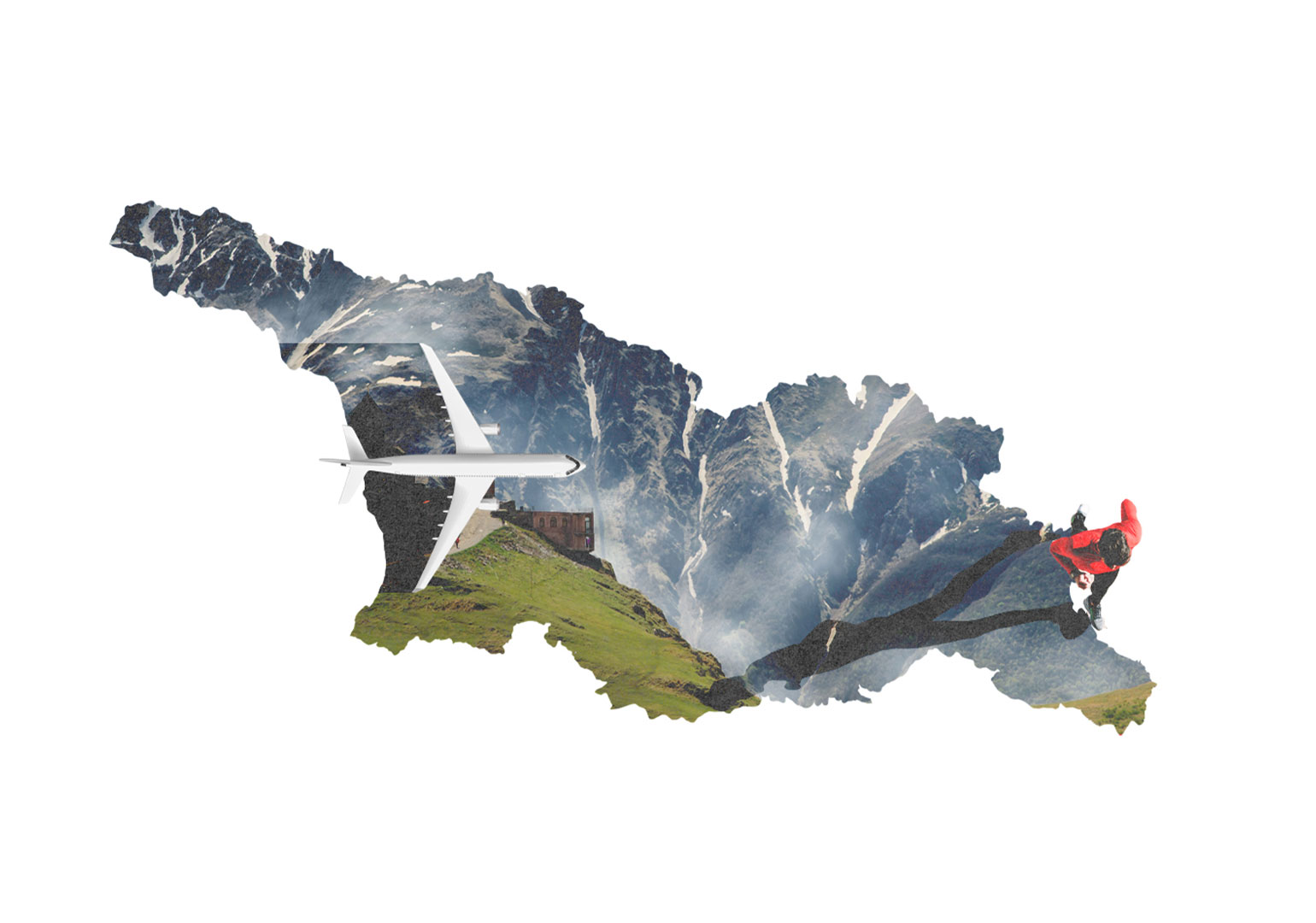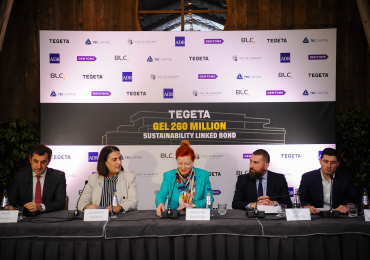Tourism and related activities are one of the most critical industries in Georgia. On average, tourism’s direct and indirect contribution to the total economy is more than 25%. In the global economy, the figure is much lower (about 7.5%). Georgia’s competitors in the tourism sector, based on geography and economic circumstances (price levels), are mainly other countries in the region.
In terms of international visitor numbers, the Baltic States (Latvia, Lithuania and Estonia) lead all other postSoviet countries. However, among the low-income countries of Europe and Central Asia, leading positions are held by Montenegro, Bulgaria and Albania. Croatia leads the Eastern European countries, including Hungary, the Czech Republic and Poland.
Georgia has a relatively modest ranking in the region but is still ahead of all its neighbors and the countries of Central Asia. From 2001-2019, Georgia had an average of 81 international visitors per 100 population members yearly, rising to 172 per 100 in 2015-2019. In terms of the growth rate in the number of international visitors during the latter period, Georgia holds the leading position among all Eastern European countries, followed by Bosnia and Herzegovina, Albania, Armenia, Serbia, and Montenegro.
METHODOLOGY
An international visitor is a non-resident traveler aged 15 and over who stays in a host country for less than a year.
The average figures from 2001-2019 and 2015-2019 were used to highlight the progress/regress in order to determine Georgia’s rank among the region’s countries. To make international visitor flows comparable between different countries, their number was calculated per one hundred population members.
Georgia has been placed into three geographic and economic regions: countries of the former Soviet Union, Eastern Europe (per the United Nations), and low-income countries of Europe and Central Asia (per the World Bank).
Number of International Visitors Per 100 Members of the Population in Former Soviet Countries

Number of International Visitors Per 100 Members of the Population in Low-income European Countries and Central Asia

Number of International Visitors Per 100 Members of the Population in Eastern Europe



















